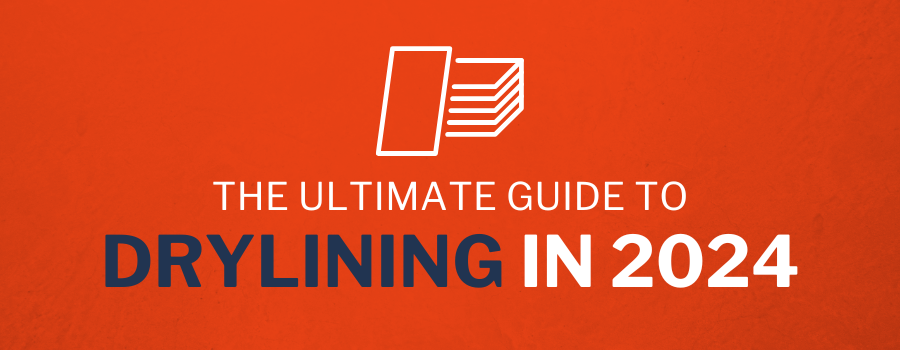(From planning and prep to maintenance and repairs plus everything drylining in between!)
Chapter One – Introduction to Drylining
Chapter Two – Planning and Preparation
Chapter Three – Installation Techniques
Chapter Four – Finishing and Decoration
Chapter Five – Maintenance and Repairs
Chapter Six – Drylining Misconceptions
Chapter Seven – Drylining FAQs
Introduction
Welcome to our comprehensive guide on drylining – a crucial aspect of modern construction that’s often misunderstood.
Whether you’re a DIY enthusiast looking to embark on your first drylining project, a professional seeking to deepen your knowledge, or simply interested in understanding more about this trade, this guide is for you.
We’ll cover the process from start to finish – from planning and preparation, through installation techniques and finishing, to maintenance and repairs.
We’ll also debunk some common misconceptions and answer frequently asked questions about drylining.
Let’s embark on this journey together to explore the world of drylining.
Chapter One – Introduction to Drylining
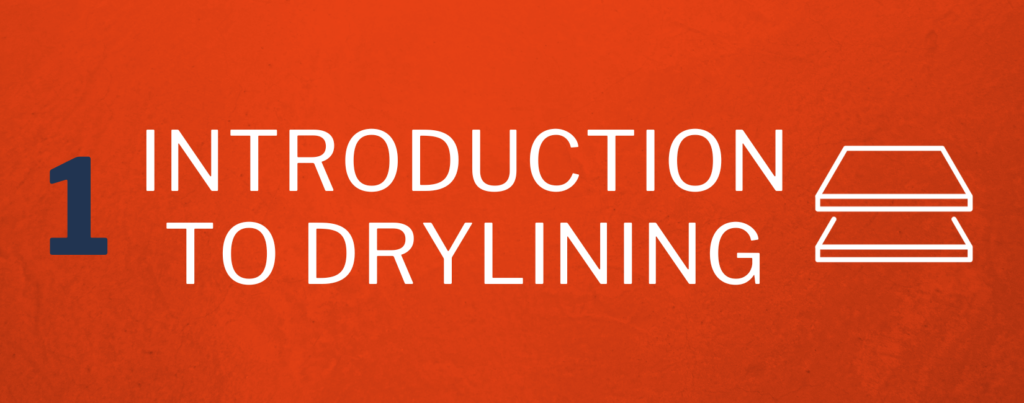
Introduction to Drylining
Drylining is a type of construction method used to create smooth and level walls and ceilings in buildings.
This technique is commonly used in new builds, renovations, and remodelling projects to provide a smooth surface for decoration and to improve the insulation and soundproofing of a room.
In this chapter, we will explore the history, benefits, and types of dry lining systems and materials.
History of Drylining
Drylining has been used as a method of creating smooth and level surfaces in buildings for over a century.
The earliest forms of drylining were made from plaster, but with the advent of new materials, such as gypsum board, drylining has evolved into a more efficient and cost-effective method of construction.
Today, drylining is widely used in residential, commercial, and industrial construction projects across the world.
Benefits of Drylining
There are several benefits to using dry lining as a method of construction, including:
- Improved insulation and soundproofing: Drylining provides a barrier to heat and sound, improving the insulation and soundproofing of a room.
- Increased structural stability: Drylining helps to strengthen the walls and ceilings of a building, providing increased structural stability.
- Faster construction times: Drylining is faster to install than traditional plastering methods, allowing projects to be completed more quickly.
- Cost-effective: Drylining is a cost-effective method of construction, as it requires less materials and labour than traditional plastering methods.
Types of Dry Lining Systems and Materials
There are several different types of dry lining systems and materials that can be used, including:
- Gypsum board: This is the most commonly used material for drylining, as it is easy to install, lightweight, and provides good insulation and soundproofing.
- Fiberboard: Fiberboard is a type of dry lining material that is made from recycled materials, making it an environmentally-friendly option.
- Cement board: Cement board is a type of dry lining material that is made from cement and fibres, making it strong and durable.
- Plasterboard: Plasterboard is a type of dry lining material that is made from gypsum and paper, making it an affordable and versatile option.
Each of these materials has its own unique properties and benefits, and choosing the right material will depend on the specific needs of a project.
In conclusion, drylining is a versatile, cost-effective, and efficient method of creating smooth and level walls and ceilings in buildings. Whether you are building a new home, renovating an existing one, or just want to improve the insulation and soundproofing of a room, drylining is an excellent option to consider.
Chapter Two – Planning and Preparation
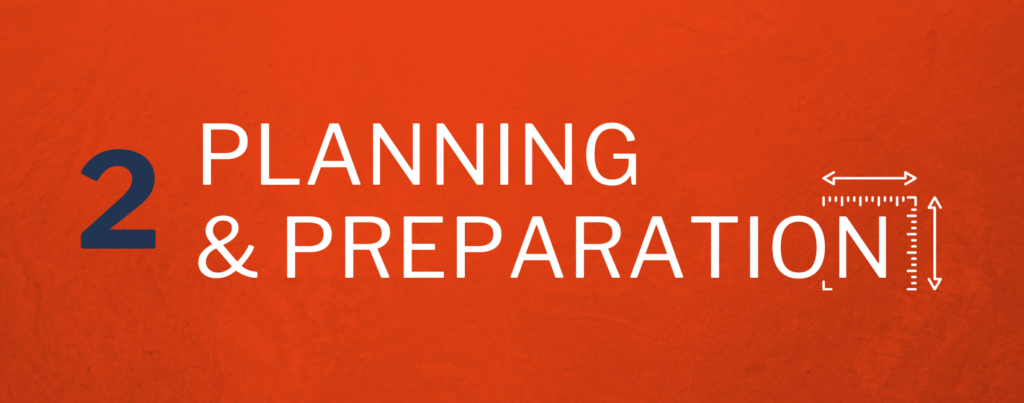
Tools and Equipment for Drylining
In order to complete a drylining project, you will need a range of tools and equipment. In this chapter, we will take a look at the essential tools and equipment that you will need, as well as some optional items that can make the job easier.
Essential Tools
- Measuring tape
- Knife or cutting tool for drywall
- Screw gun or drill with a drywall screw bit
- Square or straight edge for making straight cuts
- Level
- Joint knife or taping knife
- Drywall saw or utility knife
- Sand block or drywall rasp
Optional Tools
- Electric or manual drill
- Hole saw or hole cutter
- Screw gun holder or drill holder
- Corner bead tool
- Drywall lift or hoist
There is also the option of replacing joint and taping knives with automatic taping tools. Automatic taping tools are a faster alternative, ideally suited for larger drywalling jobs.
It’s important to have the right tools for the job, as this will make the drylining process faster, easier, and more accurate. Investing in high-quality tools can also help to reduce the risk of injury and damage to the materials.
Safety Equipment
When working with dry lining materials, it’s important to wear protective clothing and equipment, including:
- Dust mask
- Safety goggles
- Hard hat
- Heavy-duty gloves
- Safety boots
It’s also important to follow safe working practices and to be aware of any potential hazards, such as sharp edges on the dry lining materials or dust in the air.
In conclusion, having the right tools and equipment is essential for a successful drylining project. By investing in high-quality tools, wearing appropriate safety equipment, and following safe working practices, you can ensure that your drylining project is completed efficiently, effectively, and safely.
Chapter Three – Installation Techniques

Preparing the Surface for Drylining
Before you start your drylining project, it’s important to prepare the surface that the drywall will be attached to. This includes cleaning the surface, repairing any damage, and ensuring that it is level and free from debris.
Cleaning the Surface
The surface that the drywall will be attached to should be free from dust, dirt, and debris. This can be achieved by using a vacuum cleaner, or by wiping down the surface with a damp cloth.
Repairing Any Damage
If there is any damage to the surface, such as cracks or holes, this should be repaired before the drywall is attached. Small holes can be filled with filler and sanded smooth, while larger cracks may need to be reinforced with mesh tape.
Ensuring the Surface is Level
The surface that the drywall will be attached to should be level. If it is not level, this can be corrected by using shims or by attaching furring strips to the surface.
Removing Obstacles
Any obstacles on the surface, such as electrical outlets or light switches, should be removed before the drywall is attached. This will make it easier to attach the drywall, and will reduce the risk of damage to the electrical wiring.
In conclusion, preparing the surface before you start your drylining project is crucial. By cleaning the surface, repairing any damage, ensuring that it is level, and removing any obstacles, you can ensure that your drylining project is completed efficiently and effectively.
Chapter Four – Finishing and Decoration
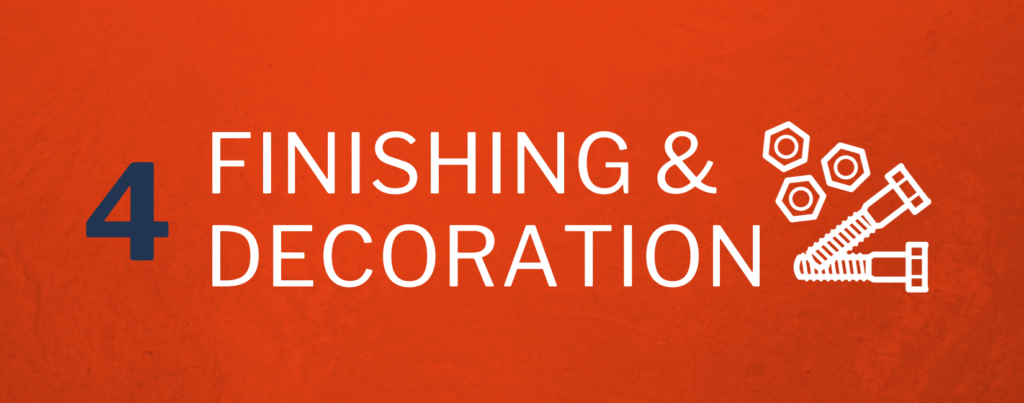
Attaching the Drywall
Once the surface has been prepared, the next step in the drylining process is to attach the drywall. This involves measuring and cutting the drywall to the correct size, and attaching it to the surface using screws or adhesive.
Measuring and Cutting the Drywall
Before the drywall can be attached, it needs to be measured and cut to the correct size. This can be done using a measuring tape, a straight edge, and a utility knife. The drywall should be cut slightly larger than the opening, to allow for slight adjustments during installation.
Attaching the Drywall with Screws
The most common method of attaching the drywall is by using screws. Screws should be spaced every 12-16 inches along the edges of the drywall, and every 8-12 inches in the field. This will ensure that the drywall is securely attached to the surface.
Attaching the Drywall with Adhesive
In some cases, drywall may be attached using adhesive, rather than screws. This is particularly useful for attaching drywall to surfaces that are difficult to screw into, such as masonry or concrete. The adhesive should be applied to the back of the drywall, and the drywall should be pressed firmly against the surface.
Hanging the Drywall
Once the drywall has been cut to size and attached to the surface, the next step is to hang the drywall. This involves carefully positioning the drywall against the surface, and securing it in place.
In conclusion, attaching the drywall is a critical step in the drylining process. By measuring and cutting the drywall to the correct size, and attaching it to the surface using screws or adhesive, you can ensure that the drywall is securely attached and ready for the next step in the process.
Chapter Five – Maintenance and Repairs
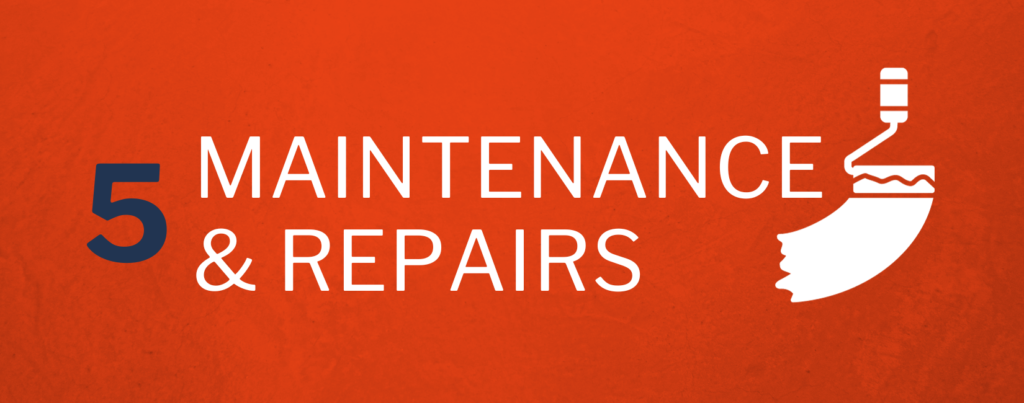
Finishing the Drywall
The final step in the drylining process is finishing the drywall. This involves covering the joints and screws with joint compound, and sanding the surface to create a smooth finish.
Joint Compound
Joint compound is used to cover the joints and screws in the drywall, and create a smooth surface. The joint compound should be applied in thin, even layers, and left to dry completely before sanding.
Sanding the Surface
Once the joint compound has dried, the surface should be sanded to create a smooth finish. This can be done using a fine-grit sandpaper or a power sander, and requires careful sanding to avoid damaging the surface of the drywall.
Priming the Surface
After sanding, the surface should be primed, to help prepare it for painting or wallpapering. This will help to seal the surface and prevent any unwanted absorption of paint or wallpaper.
Finishing Touches
Finally, the surface should be given a final inspection to ensure that it is smooth, level, and free of any blemishes. Once this is complete, the drylining process is complete, and the surface is ready to be painted or wallpapered.
In conclusion, finishing the drywall is an important step in the drylining process. By covering the joints and screws with joint compound, sanding the surface, and priming the surface, you can create a smooth, level surface that is ready to be painted or wallpapered.
Chapter Six – Drylining Misconceptions
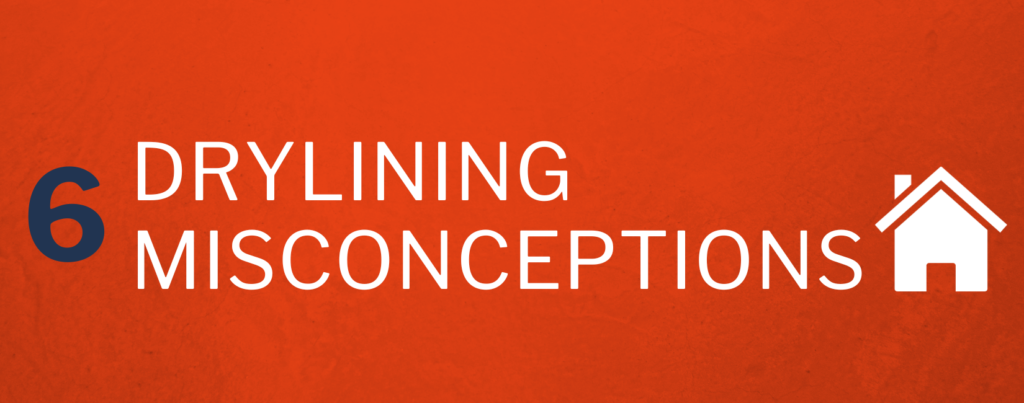
Drylining is not a permanent solution
One of the biggest misconceptions about drylining is that it is not a permanent solution. In fact, drylining provides a strong and durable surface that can last for many years, if installed correctly. The plasterboard sheets used in drylining are designed to be long-lasting and resistant to damage, and with proper maintenance, they can provide a smooth and level surface for many years to come.
Drylining is only for modern homes
Another common misconception about drylining is that it is only suitable for modern homes, and cannot be used in older, more traditional buildings. However, drylining can be used in any type of building, and provides a versatile and flexible solution that can be adapted to suit a range of different styles and requirements.
Drylining is difficult to install
Another common misconception about drylining is that it is difficult to install, and requires a high level of skill and experience. While some aspects of drylining can be challenging, many of the steps involved in the process are relatively straightforward, and can be carried out by anyone with a basic level of DIY experience.
Drylining is expensive
Another common misconception about drylining is that it is an expensive solution, and that it is only suitable for large or high-end projects. While the cost of dry lining will depend on the size of the room and the complexity of the project, it is often more affordable than other alternatives, such as traditional plastering.
Drylining is not fire resistant
A final misconception about drylining is that it is not fire resistant, and that it is not suitable for use in buildings where fire safety is a concern. In fact, drylining provides good fire resistance, as the plasterboard sheets used in the process are designed to slow down the spread of fire, giving occupants more time to evacuate the building in the event of a fire.
Chapter Seven – Drylining FAQs
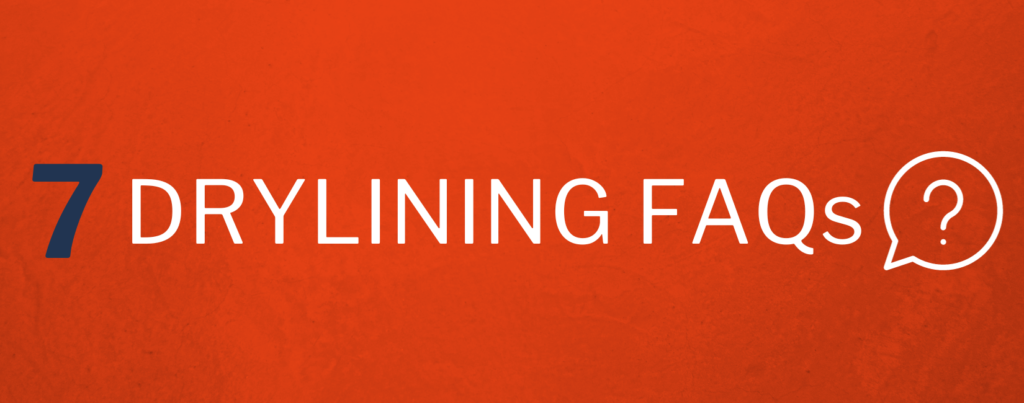
What is drylining?
Drylining is a method of creating a smooth, level surface in a building by fixing plasterboard sheets to the walls or ceiling. This provides a strong and durable surface that is ready for painting or wallpapering.
What are the benefits of drylining?
Drylining provides a number of benefits, including improved insulation, fire resistance, soundproofing, and easier decoration. It is also quick and easy to install, and can be used to create a range of different surface finishes, from smooth and modern, to textured and traditional.
What tools do I need for drylining?
The basic tools required for drylining include a measuring tape, a spirit level, a screwdriver, and a drill. You may also need additional tools, such as a saw, a cutter, and a ladder, depending on the size and complexity of the project.
How long does it take to dryline a room?
The length of time it takes to dryline a room will depend on the size of the room, and the complexity of the project. However, as a rough guide, a single room can typically be dry lined in one to two days.
Is dry lining expensive?
The cost of dry lining will depend on the size of the room, and the complexity of the project. However, as a rough guide, the cost of dry lining a single room can typically range from £500 to £1,000, including materials and labour.
Can I dryline my own home?
Yes, you can dryline your own home, although it does require a certain level of skill and experience. If you are unsure about your abilities, it is recommended that you seek the assistance of a professional dryliner.
Is dry lining safe?
Drylining is generally considered to be safe, as long as the correct safety precautions are taken and the correct PPE is used, particularly whilst sanding. This includes wearing protective clothing, using a ladder securely, and using proper tools and equipment.
Can dry lining be used to soundproof a room?
Yes, drylining can be used to soundproof a room, as the plasterboard sheets can provide an effective barrier to sound. However, additional steps, such as using soundproofing materials and sealing any gaps, may also be required to achieve the desired level of soundproofing.
Conclusion
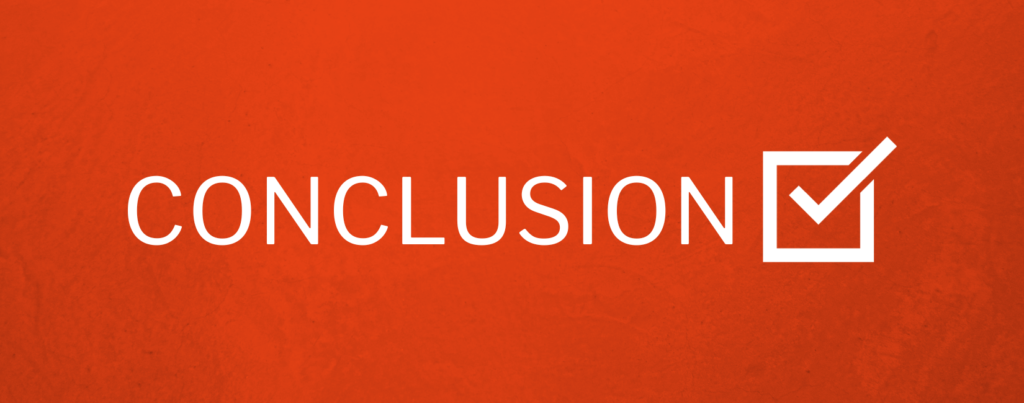
We’ve reached the end of our guide to drylining, a journey that we hope has provided you with a deeper understanding of this essential trade.
From the initial stages of planning and preparation, we’ve walked through the practical steps of installation and decoration, before moving onto maintenance and repair strategies.
By demystifying common misconceptions and answering key questions, we hope this guide will prove an invaluable resource for your future drylining projects.
Whether you’re a seasoned professional or a newcomer to the field, understanding the depth and breadth of drylining is crucial for success.
As the construction industry continues to evolve, so will the practice of drylining.
Stay informed, stay curious, and above all, never stop learning.
Here’s to your success in your drylining endeavours!

